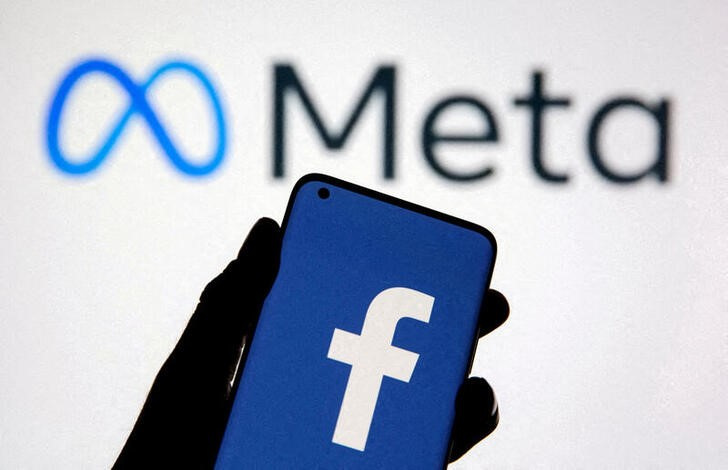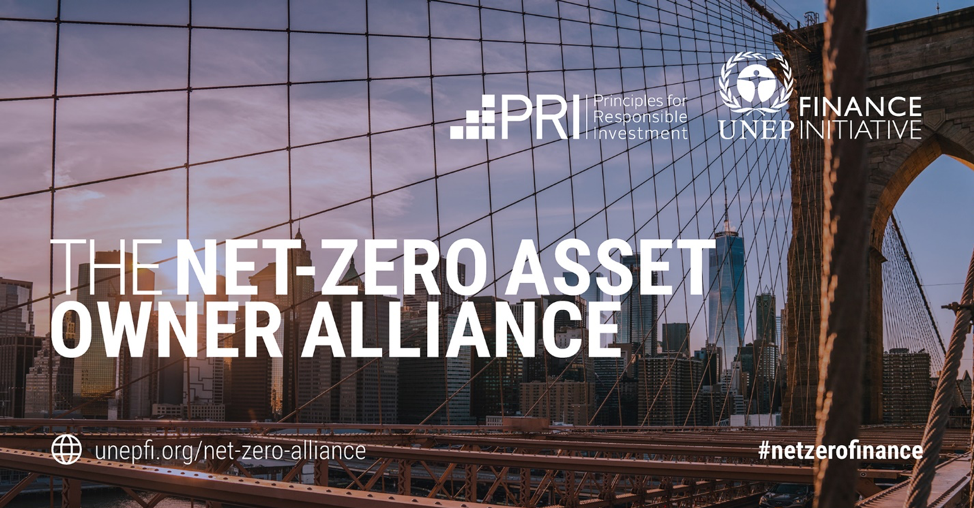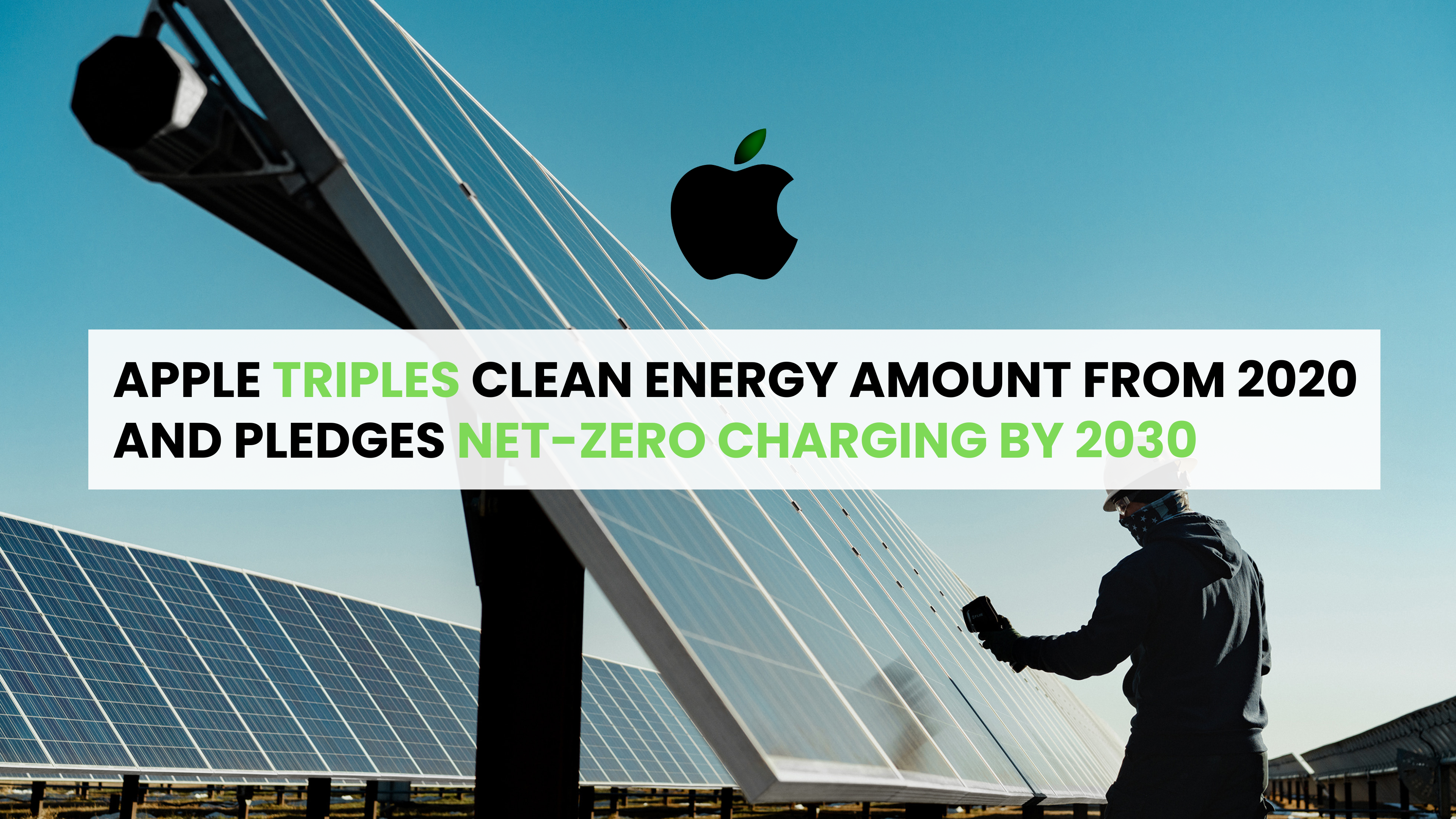Embracing Change Through Inclusion: Meta’s 2022 Diversity Report

- In the past year, we’ve seen that candidates who accepted remote job offers were more often underrepresented people.
- Since 2019, we’ve doubled the number of women in our global workforce and the number of Black and Hispanic employees in the US.
- In 2021, we exceeded our diverse supplier commitment, spending $1.26 billion with US certified diverse suppliers and more than $306 million with Black-owned businesses in the US.
Since 2014, Meta has publicly reported diversity metrics and shared plans to better support underrepresented people in the workforce and through its products. Meta is releasing its 2022 Annual Diversity Report and sharing highlights below. Meta is also sharing how it is putting diversity, equity and inclusion at the forefront of its work toward the metaverse by building products with people from diverse backgrounds and perspectives. Read the full report.
The Impact of Remote Work on Diversity
We’ve shifted our approach to work, and now, working at Meta isn’t limited by geography — approximately 75% of teams at Meta are working across multiple locations.

For the first time, we’re hiring individuals who are fully remote and working from locations where we don’t have offices, increasing the diversity of our candidate pool and workforce.
Over the past year, we’ve seen that:
- US candidates who accepted remote job offers were substantially more likely to be Black, Hispanic, Native American, Alaskan Native, Pacific Islander, veterans and/or people with disabilities.
- Globally, candidates who accepted remote job offers were more likely to be women.
It’s not only about getting people in the door – it’s about making sure they can thrive at Meta, which is why we’re continuing to empower our employees with flexibility and benefits that match their evolving needs.
See related article: Canadian Solar Publishes 2021 Corporate Sustainability Report
Inclusive Innovation for the Metaverse
We’re collaborating with diverse companies, developers, experts and policymakers to build the metaverse — the next generation of digital experiences — with diversity, equity and inclusion from the start. For example:
- We offer more than one quintillion different attribute combinations for Meta Avatars, from skin tones to facial shapes and assistive devices, like hearing aids, wheelchairs and more so that everyone can feel represented and included.
- We know VR devices can be cost-prohibitive for many, so we’re working on a web-based version of Horizon Worlds that will let more people get a glimpse of virtual reality from other devices, like smartphones.
- We’re investing $150 million through Meta Immersive Learning and working with partners to help diverse creators develop skills in AR, VR and immersive media. This is part of our greater effort to help creators with a wide range of backgrounds and perspectives make a living in the metaverse.
Our Workforce and Leadership Diversity Continue to Grow
In 2019 and 2020, we set ambitious five-year goals to increase representation in our workforce, and the latest numbers reflect meaningful progress.
- 50-in-5 Update: In 2019, we committed to doubling the number of Black and Hispanic employees in the US and the number of women in our global workforce by 2024. We met and exceeded that goal for each of those groups – two years ahead of schedule – and we are working to continue improving these gains. Since 2019:
- We have doubled the number of Black and Hispanic employees in the US.
- We have doubled the number of women in our global workforce.
- We also challenged ourselves to raise the number of underrepresented people to at least 50% of our global workforce. As of June 30, 2022:
- People with disabilities now represent 6.2% of our US workforce, up from 4.7% in 2021.
- Based on voluntary self-identification, veterans represent 2.3% of our US workforce and members of the LGBTQ+ community make up 10.0%.
- Underrepresented people make up 46.7% of our global workforce, up from 45.6% in 2021.
- 30-in-5 Update: In 2020, we challenged ourselves to increase the number of US based leaders (Director-level employees and above) who are people of color by 30%. As of this year:
- Through promotions and hiring, we are on track to achieve (and in some cases exceed) our ambitious goal to increase the representation of all people of color in leadership positions in the US by 30% by 2025.
- As an example, so far we have increased Black employee leadership by 44.1% since 2020.
Beyond our 50-in-5 and 30-in-5 goals, we continue to increase the number of women in leadership roles. Women now represent 36.7% of our global leadership.
Joining the Billion Dollar Roundtable
We’re also leveraging our resources and global reach to promote economic opportunity with initiatives like our Supplier Diversity program. In 2020, we announced our commitment to annually spend $1 billion with US diverse suppliers and at least $100 million with Black-owned businesses. In 2021, we spent $1.26 billion with US diverse suppliers and $306 million with Black-owned businesses — surpassing our commitment and nearly doubling the previous year’s amount. Next month, we will join the Billion Dollar Roundtable (BDR), a small group of companies that annually spend at least $1 billion with certified minority, women, veteran, LGBTQ+ and people with disability-owned businesses. Of BDR members, we are one of the fastest to ever reach $1 billion spent.
By supporting diverse suppliers and hiring people with a variety of backgrounds and perspectives, we’re able to create better experiences for everyone. We’ll continue to develop a more diverse and equitable workforce, but we know this work is far from finished. Together, through dedication and innovation, we’ll strive to make technology and the metaverse more inclusive.
Source: Meta






